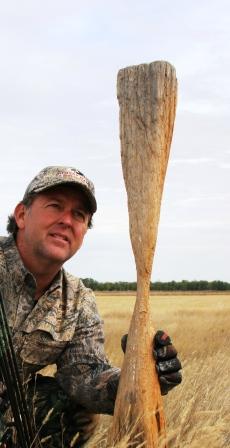How To Build Summer Mineral Licks For Deer
Mineral sites or “licks” provide hubs for your trail cameras and allow you to gain critical intel on bucks for months. You take pictures and watch them grow all summer, which is fun, and you start to pattern and narrow their movements as bow season approaches later toward fall. On one of the farms I hunt in Virginia, my friend Jack and I have 8 licks scattered across 800 acres of woods. About 1 strategically placed mineral site for every 100 acres is about right. We normally begin lining these sites with minerals sometime in May, and the deer visit them immediately. The bucks on this farm know where the licks are and have been hitting them regularly for years. [...]



